Social Media Has Distorted The Image of Beauty In The 21st Century
The place of beauty in our society is fragile and it is currently being held up by impossibly high standards. Being a teenager is hard enough without having to keep up with unrealistic depictions of beauty.
Beauty has always been a carousel of different fads, but social media has offered these fads a platform that is unlike any we’ve had before and in turn has distorted the place of beauty in the 21st century. The pressures to look a certain way or act in a particular manner have existed for decades, but what is it about the current decade that has thrust these pressures onto a pedestal?
Changing Times
Firstly, let’s take a quick history lesson about beauty through the past few decades…
- In the 1950s beauty was perceived as having an hourglass figure with big hair and bright peachy cheeks. Thanks to Marilyn Monroe, curves were the biggest thing in fashion.
- By the time the 1960s came around curves were being replaced by slim and petite images of beauty similar to those of Audrey Hepburn.
- Beauty in the 1970s was deemed to be incredibly thin with bronzed features. Tight and short clothing emphasised this image.
- In the 1980s, while beauty still insisted women were toned and petite, it was decided that everything else was to be big. Big hair, bright clothes and thick make up featured heavily in this decade.
- By the 1990s beauty was a contrasting desire of slim, but curvy and the beginning of the crop tops and belly-button piercings often depicted by television programmes and films.
- In the early 2000s beauty had a far more liberated body in society. Fake tan, hair extensions and increasingly smaller pieces of clothing began to make their mark in the media.
- 2010, however, spawned not just a new era of beauty but also a new era of media. Social media began to overtake the traditional forms of media that we were used to and replaced them with a continuously revolving door of new trends. No longer can we note trends and their changes every ten years. Instead it can sometimes feel more accurate to note their changes by ten days.
The Influence of Social Media
In the 21st century apps like Instagram and Snapchat have propelled the image of beauty onto a global spotlight where people are judged by everything from their eyebrow shape to their shoe size.
The trends move so quickly that it can seem like an impossible task to keep up. Curves are in one minute and out the next. Braids and plaits are popular in summer, but by autumn a chic bob is the newest trend. The image of beauty in the 21st century changes so quickly that people are left behind faster than last season’s contour craze.
Celebrities and influencers are paid to advertise products that we are promised will improve us. There are now products available for everything – from underarm whitening cream, to facial slimming exercise mouthpieces (yes, these are real products!). A quick browse down the aisle of a chemist will offer countless solutions to fix imperfections you didn’t even know that you had. It’s as if anything about us that is not perfect is not acceptable.
Now don’t get me wrong social media is an incredible thing. It has opened doors and broken barriers for communication. With simple taps on a screen we can speak to people all over the planet. The world is literally at our fingertips. However, for all the good that social media does the effects it has on the place of beauty in our society are damaging.
Filtered Feeds
How often do we deliberate over pictures before we post them? Or try every filter available to us just to make us look our most attractive? There are entire articles online intended to advise us on the best time to post our photos for maximum response or counsel us on the perfect angles to flatter our bodies.
The image of beauty has become something that has been filtered and edited almost beyond recognition. It has gone way past the point of simply editing photos. Now people are trying a huge variety of procedures and products in attempts to edit their bodies into an image of beauty that fits the current trend.
Social media highlights certain images of beauty that we are lead to believe is what we should strive for. However, if no two people are the same then why should their image of beauty be?
So, the next time you find yourself feeling insecure or comparing yourself to an image conveyed on social media, remember that beauty is in the eye of the beholder and that beholder is not a camera screen.
What are your thoughts on the pressures of beauty in the 21st century?







